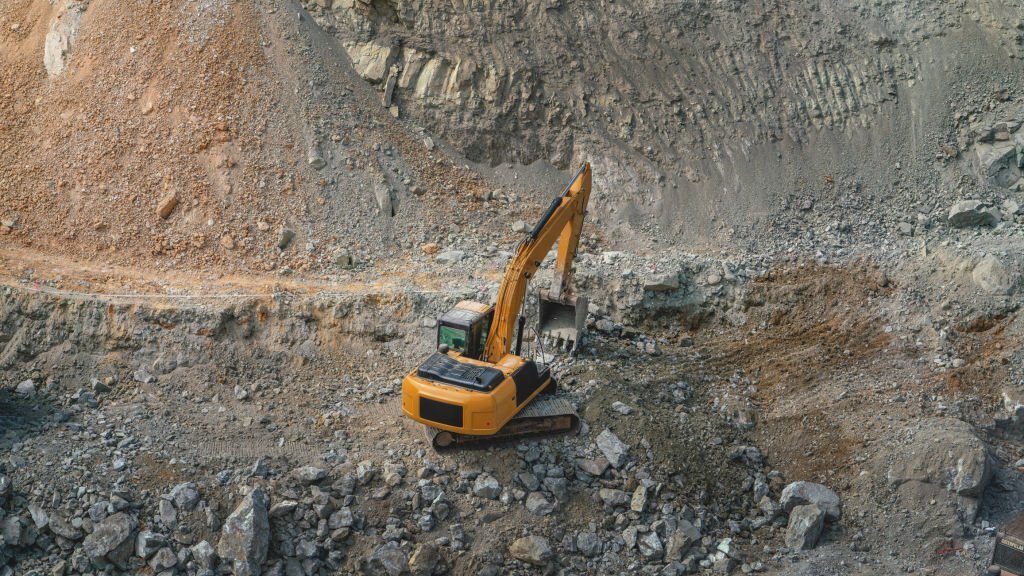
Introduction:
The quarrying industry, known for its demanding tasks and challenging environments, is undergoing a remarkable transformation through the integration of advanced technologies. Automation and remote control are two such technologies that are revolutionizing the way quarrying equipment operates. These innovations promise heightened efficiency, enhanced safety, and reduced human intervention in hazardous environments. In this comprehensive article, we will delve into the world of automated and remotely controlled quarrying equipment, exploring their feasibility, benefits, challenges, and the potential they hold for reshaping the quarrying landscape.
1. The Rise of Automation and Remote Control:
a) Technological Evolution: Automation and remote control technologies are reshaping various industries, including quarrying.
2. Automation in Quarrying Equipment:
a) Automated Processes: Quarrying equipment can be automated for tasks such as material handling, drilling, and blasting.
b) Benefits of Automation: Automation reduces human error, increases precision, and optimizes resource utilization.
3. Remote Control Capabilities:
a) Remote Operation Systems: Remote control technology allows operators to control equipment from a safe distance.
b) Safety Advantages: Remote control minimizes operator exposure to hazardous environments, enhancing overall safety.
4. Feasibility and Implementation:
a) Compatibility and Retrofitting: The feasibility of automation and remote control depends on the compatibility of existing equipment and potential retrofitting.
b) Technical Challenges: Overcoming technical challenges, such as communication latency and signal interference, is crucial for successful implementation.
5. Benefits and Advantages:
a) Enhanced Safety: Automation and remote control reduce operator exposure to hazardous conditions, mitigating the risk of accidents.
b) Increased Efficiency: Automated and remotely controlled equipment performs tasks with precision and consistency, optimizing overall efficiency.
c) Reduced Downtime: Remote troubleshooting and maintenance enhance uptime, reducing downtime for equipment repairs.
6. Environmental and Sustainability Impacts:
a) Energy Efficiency: Automated and remotely controlled equipment can be programmed for energy-efficient operations, reducing fuel consumption and emissions.
b) Resource Management: Precise automation minimizes over-extraction and waste, promoting sustainable resource management.
7. Challenges and Considerations:
a) Initial Investment: Implementing automation and remote control technology requires significant upfront investment.
8. Real-World Applications:
a) Automated Drilling Rigs: Automated drilling rigs offer precise and consistent drilling for efficient blasting and material extraction.
b) Remote-Controlled Loaders: Remote-controlled loaders enhance safety and efficiency in material handling and transportation.
9. Future Prospects and Industry Evolution:
b) Industry-Wide Adoption: The adoption of automation and remote control is expected to increase as technology matures and proves its value.
10. The Road Ahead:
a) Transforming Quarrying Operations: Automation and remote control are set to revolutionize quarrying operations, driving efficiency, safety, and sustainability.
b) A Technological Future: The future of quarrying is marked by a fusion of human expertise and advanced technologies, shaping a more efficient and responsible industry.
Conclusion:
The quarrying industry’s integration of automation and remote control technologies marks a pivotal moment in its evolution. As quarrying equipment becomes increasingly automated and remotely controlled, it promises unparalleled efficiency, safety, and sustainability. While challenges exist, the benefits are undeniable, ranging from enhanced operator safety and minimized downtime to optimized resource management and reduced environmental impact. The journey toward automation and remote control in quarrying equipment is a testament to the industry’s commitment to innovation, efficiency, and responsible practices. As technology continues to advance, the quarrying landscape will be forever transformed, embracing a future where automation and remote control play a central role in shaping a more efficient and sustainable industry.

